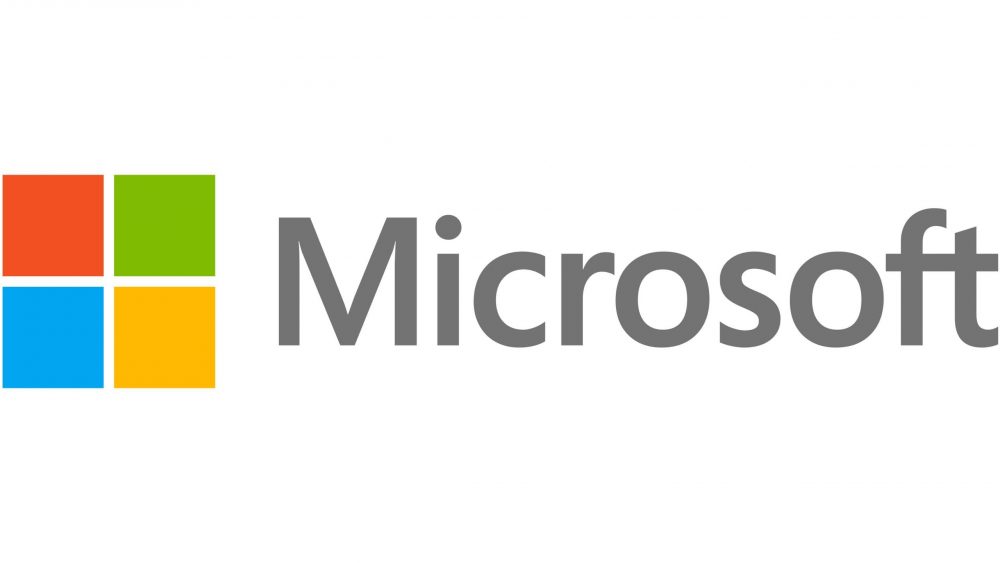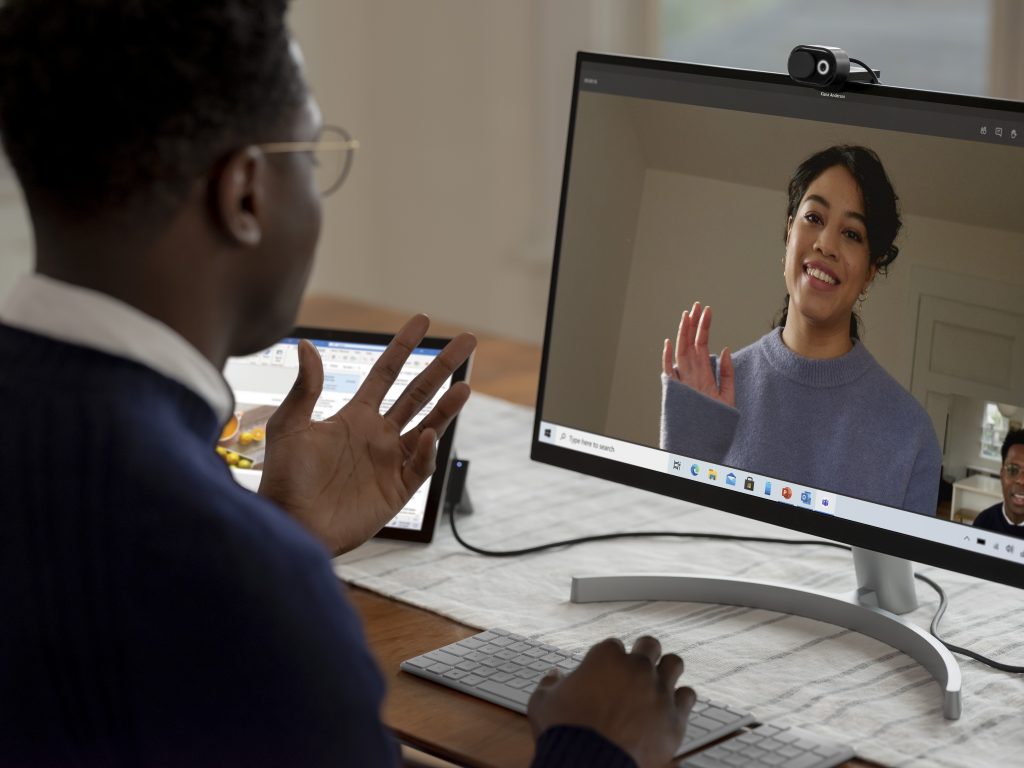

Features
Future of Work
HR Technology
Mental Health
Empowering employees for the new digital age
Sponsored

 With hybrid work blurring the line between home and office, organizations are realizing that the signs of a healthy workplace go beyond fulfilling deadlines or metrics. (Microsoft)
With hybrid work blurring the line between home and office, organizations are realizing that the signs of a healthy workplace go beyond fulfilling deadlines or metrics. (Microsoft) When interpreting the massive changes of the last 15 months, especially in the working world, Microsoft’s Jason Brommet believes that “what we have been, and are continuing to participate in, is the single largest generational shift in the way work gets done, and what work will look like for frankly every person in every organization, all around the world.”
As Microsoft’s Head of Modern Work & Security, part of Brommet’s duty has been to look to where this shift is leading, in order to provide the tools necessary for navigating the future once it arrives. The destination, according to the findings of Microsoft’s 2021 Work Trend Index, is “hybrid work.”
This assertion comes from the Work Trend Index’s findings that as many as 68% of Canadian employees want to emerge from the pandemic with flexible remote work options still intact, but 59% would prefer a move toward increased in-person collaboration , post pandemic – what Microsoft sees as the “hybrid paradox.”
Accommodating these distinct needs is hybrid work, a paradigm where employees in the same organization are free to operate in different environments, alternating shared offices, the field, or homes as needed.
Brommet highlighted that with hybrid work, “the unique challenges and opportunities that sit in front of organizations is: how do you enable an experience that fosters culture and connection between your people, but also enables equitable and inclusive experiences as you have individuals continually switch between environments?”
‘The great connector’
For Microsoft, that answer lies in technology, which Brommet calls “the great connector.”
The connections technology creates in new workplace structures are not solely about efficiency, though: “At its core, technology has become not only the lifeline for individuals and people, but has really become the empowerment platform for organizations to thrive and be resilient.”
The impending changes on the horizon of hybrid work were treated as inspirations, rather than obstacles in the development of the new employee experience platform, Microsoft Viva. Announced earlier this year, Microsoft aptly describes Viva’s function as “empowering every employee for the new digital age.”
The four modules contained within Viva address different facets of this new digital age, all served up to employees in the flow of work so they no longer need to go to multiple destinations to consumer, learn or connect. Viva Connections, for instance, curbs the difficulties of decentralized or digital workplaces by providing what Brommet describes as “a personalized gateway to your digital workplace,” allowing organizations to create a virtual bank of internal communications customized on factors such as the geographic needs or diverse roles within a company.
Other modules include Viva Insights, which promotes optimal performance by detailing how individuals are working and spending their time; Viva Learning, which aims to simplify the onboarding and professional growth processes in hybrid work environments; and Viva Topics, an AI-powered information and expertise aggregator.
Promoting mental health
Another major workplace shift that Microsoft has incorporated into its design philosophy is the increased importance of mental health. With hybrid work blurring the line between home and office, organizations are realizing that the signs of a healthy workplace go beyond fulfilling deadlines or metrics.
“As an individual who’s historically had a commute both to and from the office, I miss those boundaries of the transition from personal to professional,” said Brommet. “Today, my calendar just blurs: my calls start early and they go late, so there is the balance of what policy and procedures we can implement, my own personal practices and proper use of our tools.”
The new Virtual Commute feature within Microsoft Teams reintroduces this boundary and the well-being it brings to changing workplaces. Developed in collaboration with leading meditation and mindfulness company Headspace, Virtual Commute offers employees a necessary buffer between roles, whether through guided meditations or curated roundups of actions or commitments for the day. Virtual Commute is just one of the many new features that is purpose-built to enable employees to have downtime and breaks in their day.
Unifying all of these innovations is Microsoft’s commitment to developing future-focused technology, inspired by the reality that “there’s never been a bigger need for technology, data, insights that really enable a great employee experience, irrespective of location,” according to Brommet.
“I think that’s one of the foundational components of what Microsoft looks at, as we think about what we’ve lived through, and more importantly, as we look forward.”
Print this page